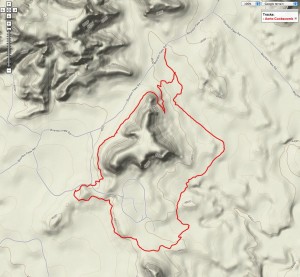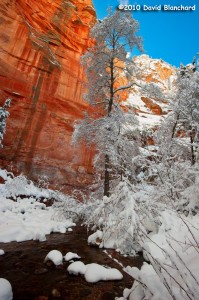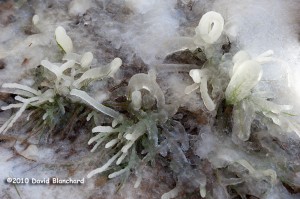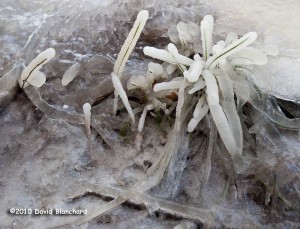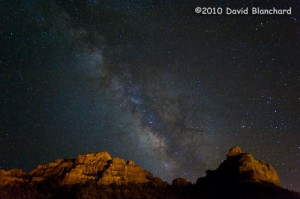As readers of this site already know, I enjoy photographing the International Space Station (ISS) as it makes its twilight flyovers. Most of my ISS images have been taken in Flagstaff and nearby environs. Recently, however, I made a trip to the lower elevations of Sedona to attempt to photograph the ISS amidst the scenery of Sedona.
This transit only got to about 20 degrees elevation above the horizon so it was important to find a location with a good view to the northwest — but also an interesting view. After looking at the ephemeris for the transit (rise time, highest elevation, set time, etc.) I decided that I could get an interesting photograph from the Brins Mesa trailhead area north of Sedona.
We arrived about 15 minutes before the transit so there was enough time to survey the area and select the most appropriate spot to set up the tripod and camera. After a few test shots, I was ready for the transit. Unfortunately, I wasn’t paying close attention and I missed the first 10-20 seconds as it rose in the west. No problem! I started the camera but then realized I had failed to set the shutter to continuous shooting mode. I use continuous mode so that I can take a series of 10-15 second exposures then composite them later. By keeping the exposures short there is less chance of overexposing the twilight sky.
All was not lost as I only missed the first two 10-second images but managed to capture the next seven images. After compositing the individual images in Photoshop and using the Lighten blend mode, I got the following result:

There was a bit of camera shake in the first image as I was still fiddling with camera settings while the shutter was open! But overall the image managed to capture what I set out to do: photograph the ISS as a long streak of light with the fabulous Red Rocks of Sedona as a foreground.
